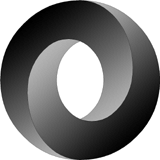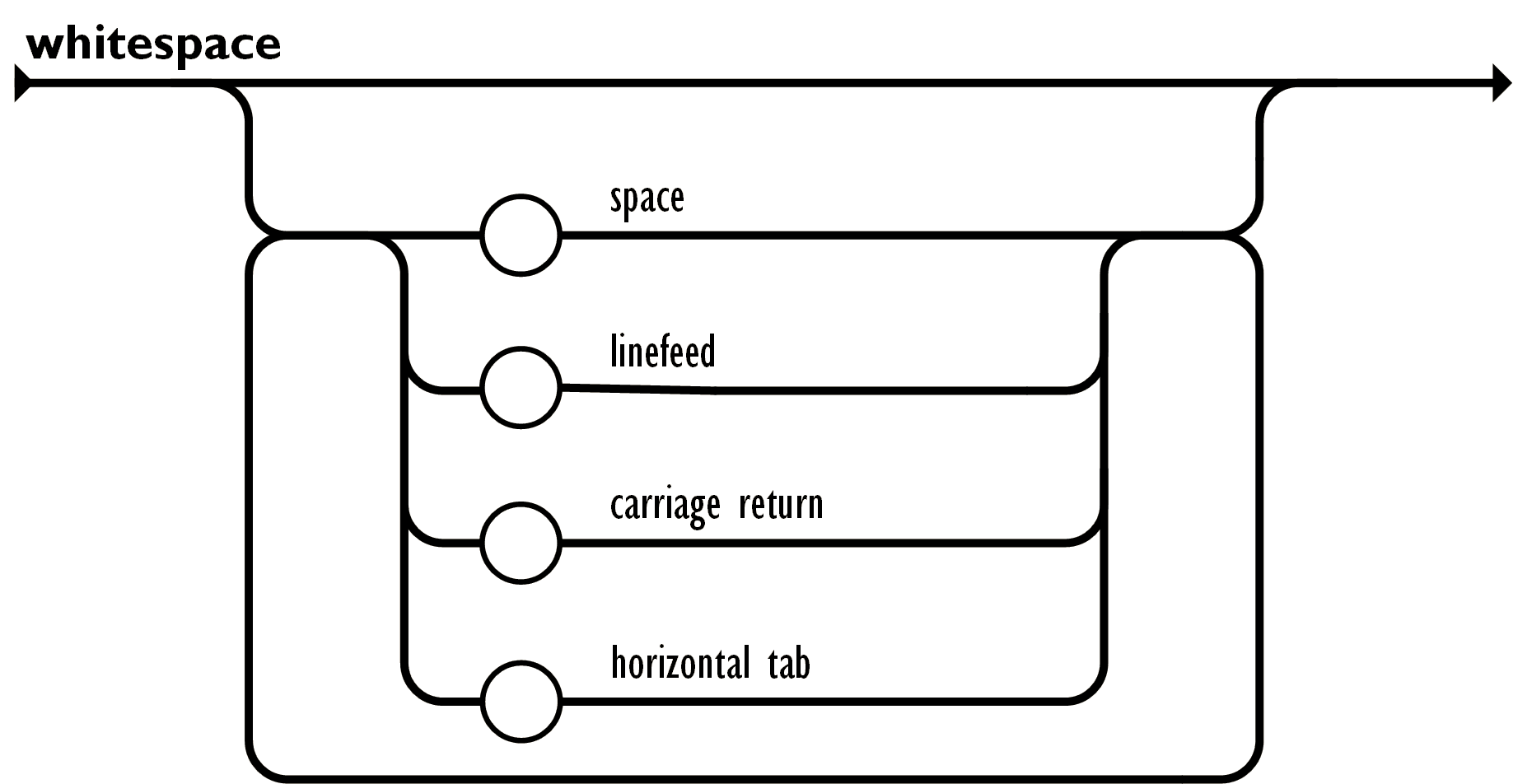
 |
Introducing JSON |
JSON (JavaScript Object Notation) is a lightweight data-interchange format. It is easy for humans to read and write. It is easy for machines to parse and generate. It is based on a subset of the JavaScript Programming Language Standard ECMA-262 3rd Edition - December 1999. JSON is a text format that is completely language independent but uses conventions that are familiar to programmers of the C-family of languages, including C, C++, C#, Java, JavaScript, Perl, Python, and many others. These properties make JSON an ideal data-interchange language.
JSON is built on two structures:
These are universal data structures. Virtually all modern programming languages support them in one form or another. It makes sense that a data format that is interchangeable with programming languages also be based on these structures.
In JSON, they take on these forms:
An object is an unordered set of name/value pairs. An object begins with {left brace and ends with }right brace. Each name is followed by :colon and the name/value pairs are separated by ,comma.

An array is an ordered collection of values. An array begins with [left bracket and ends with ]right bracket. Values are separated by ,comma.

A value can be a string in double quotes, or a number, or true or false or null, or an object or an array. These structures can be nested.

A string is a sequence of zero or more Unicode characters, wrapped in double quotes, using backslash escapes. A character is represented as a single character string. A string is very much like a C or Java string.

A number is very much like a C or Java number, except that the octal and hexadecimal formats are not used.

Whitespace can be inserted between any pair of tokens. Excepting a few encoding details, that completely describes the language.
